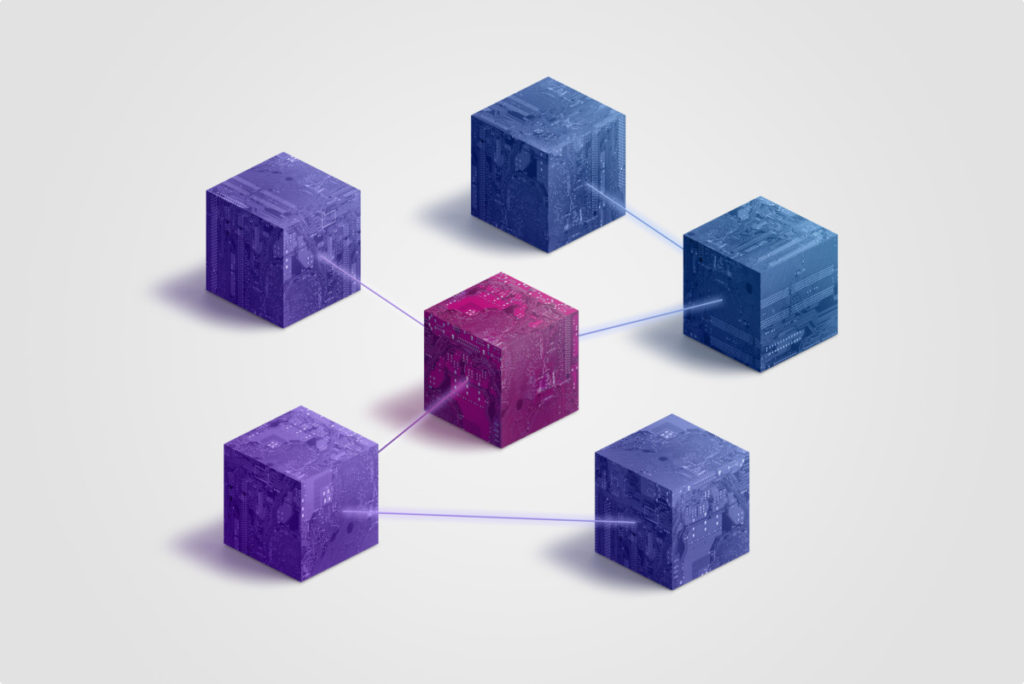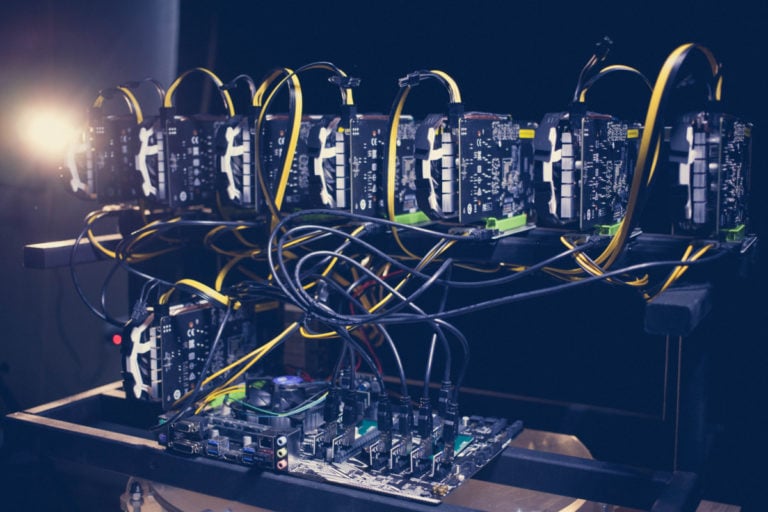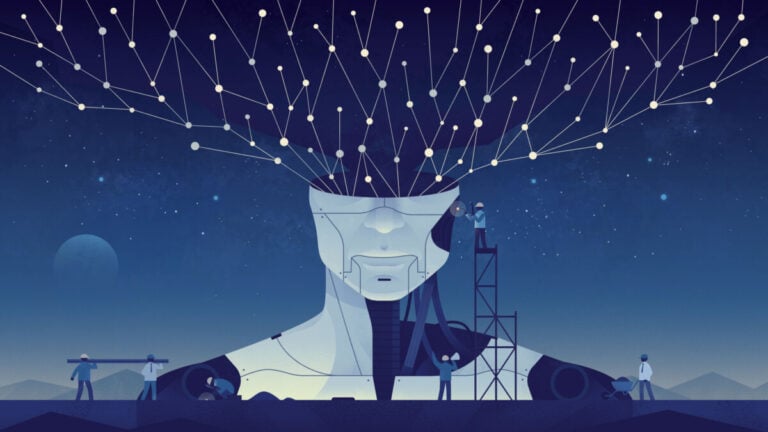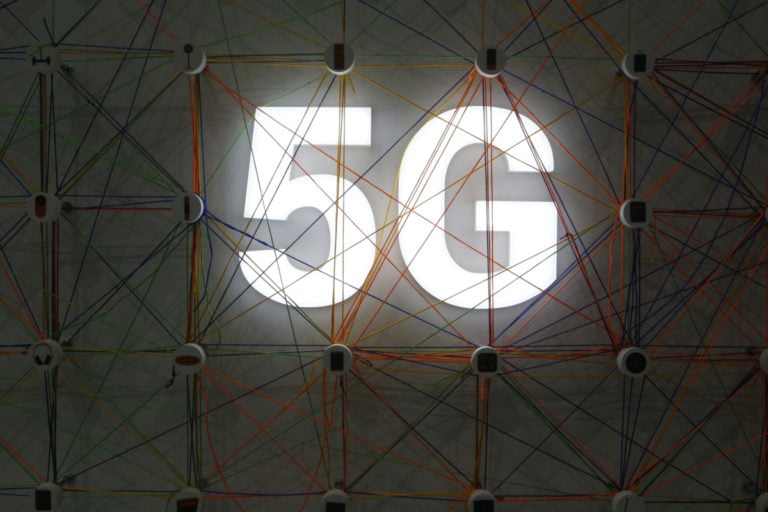Probably, many have heard, but few know what the term “blockchain” means.
And yet, what is blockchain? In simple words, this term means a tool that is used to store transaction data. It is on this technology that all operations performed with the most popular Bitcoin cryptocurrency are built.
This level of security has allowed bitcoin to become the leading digital currency. And at the same time, this cryptocurrency is not controlled by government and financial authorities or a central server. All operations are carried out through a decentralized server.
How blockchain works
Speaking about what a blockchain is in an understandable language, it should be noted that it is a steadily increasing sequence of transaction blocks that are shared between market participants through peer-to-peer networks. Each block has its own timestamp, which is conditionally a unique fingerprint of the system participant.

All blocks are stacked in chains in a strict order. If the sequence is changed, then the system will not support the chain due to a mismatch between the structure and the timestamp. Protection methods such as PoW and PoS are used to prevent interruption of the chain sequence.
Blockchain technology in simple terms
Blockchain technology in simple terms is as follows:
- User “A” wants to transfer a certain amount of money to user “B”.
- Operations are transmitted to the network, where they are collected into blocks, each of which has the number and timestamp of the previous block.
- Next, the blocks are sent to all users to check if their sequence matches.
- If there are no errors, the participants write the block to their “ledger” (database).
- The block is added to the transaction chain.
- Money transfer completed.
What is the importance of technology
Having dealt with what blockchain means, it is worth talking about the importance of this technology. All Internet users who have ever made financial transactions on the network are well aware that, as a rule, intermediaries in the form of centralized financial institutions are used to send material values. Therefore, previously any transaction required integration with a credit card or bank account.
Naturally, the banks acting as an intermediary charged a certain commission for their work. This state of affairs did not suit users who did not want to pay for the intermediary function of banks. Blockchain and cryptocurrency technologies were created in order to get rid of the “extra link”. Blockchain is responsible for all important financial transactions over the Internet:
- deal registration;
- confirmation of the identity of participants in transactions;
- concluding an agreement.
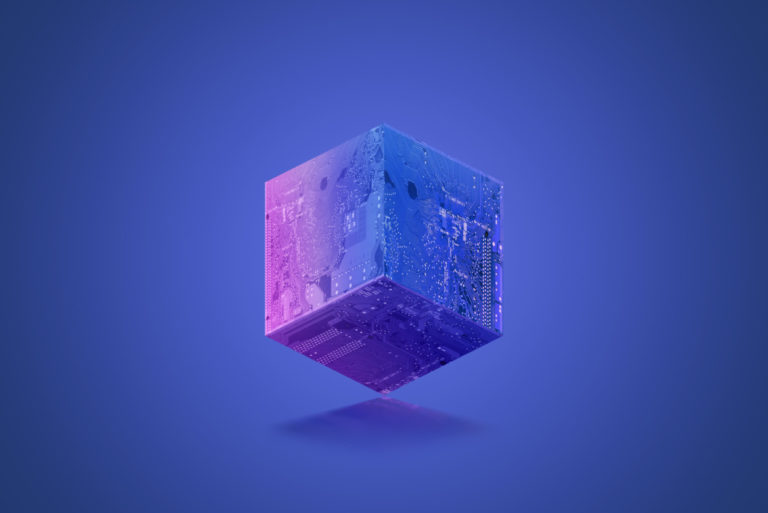
The possibilities of blockchain are not limited to the financial market. This technology is used to program a computer code that will be executed only when both parties enter their keys, confirming the conclusion of the contract. Moreover, the programmed code can receive data not only from system participants, but also from external flows. Thus, the program can automatically receive and take into account weather reports, changes in the value of shares, reports of the latest news, etc. All these conditions are taken into account when drawing up the terms of the contracts. In general, the implementation of “smart contracts” through the blockchain has practically no restrictions.
Blockchain can also be used to control intellectual property. This technology will determine how many times a user can access data, copy it or share it with other participants. The blockchain implements the possibility of organizing voting systems that will be reliably protected from any falsifications.
Scope of blockchain projects
Today, BlockChain is actively used in the field of banking services. In particular, in Russia, Sberbank and VTB have expressed interest in this technology. BlockChain is also being actively used by global payment systems – MasterCard, VISA and SWIFT.
Another way where you can use the blockchain is “smart contacts”, which allow you to get rid of legal red tape. An example is the special Stampery service. This electronic notary certifies transactions automatically by creating verifiable and immutable documents on blockchains.
The use of blockchain technology is also planned in our country. In the first half of 2018, it will be used to verify the accuracy of USRN information in Moscow. This technology is actively used for identification purposes. This year, Microsoft developed a digital identity system based on Block Chain. This technology is actively used by the government of Finland, which thus identifies refugees. Estonia is also actively implementing the blockchain system of e-citizenship.
Types of systems
This technology is generally divided into 2 main categories – private and public blockchains. The first category includes blockchains created centrally. Accordingly, all rights to conduct transactions belong to one organization. Other participants in the system can only read the information. The advantage of a private blockchain is the ability to quickly update functionality.

As for public blockchains, any user has the right not only to read information, but also to form transactions. Control over the public blockchain is carried out by the entire community of the network – users, miners, developers and service providers.
Advantages and disadvantages of technology
The main advantage of this technology is its reliability. The security structure of the blockchain prevents the possibility of any malicious impact on this system.
The undoubted advantage is the independence of this technology. Blockchain is not controlled by any one organization and does not have a single point of failure. It is also worth noting the impossibility of destroying this system. Change of any unit of information will be immediately fixed and prevented. Another plus is transparency. Data that has been embedded on the network is public by default.
Implementation issues
Despite all its advantages, this technology is still not the most popular way to conduct transactions on the network. This is due to several factors. Firstly, the implementation of BlockChain is hampered by significant initial costs for organizing the operation of the system. This technology requires significant computing power, which means significant energy costs. Therefore, a fairly solid start-up capital is required to implement the technology.
Secondly, the development of the technology is hampered by the lack of a legal framework, which raises serious doubts about its reliability among potential users. Thirdly, the BlockChain system uses encryption methods that are not recommended in many countries of the world, including Russia. All this leads to the fact that today this technology takes a wait-and-see position not only in Russia, but also in the world.
Interesting facts about blockchain
- This technology peaked in October 2015. It was during this period of time that the illustration of the blockchain hit the cover of the popular magazine The Economist.
- Developers who want to reduce the traceability of the created cryptocurrencies are launching unique modified blockchains in which all transactions are mixed, which greatly complicates the ability to trace them.
- The world-famous company VISA created blockchain-based software in 2017 to ensure the convenience of making car rental payments. What is most interesting, the software is built directly into the car.
